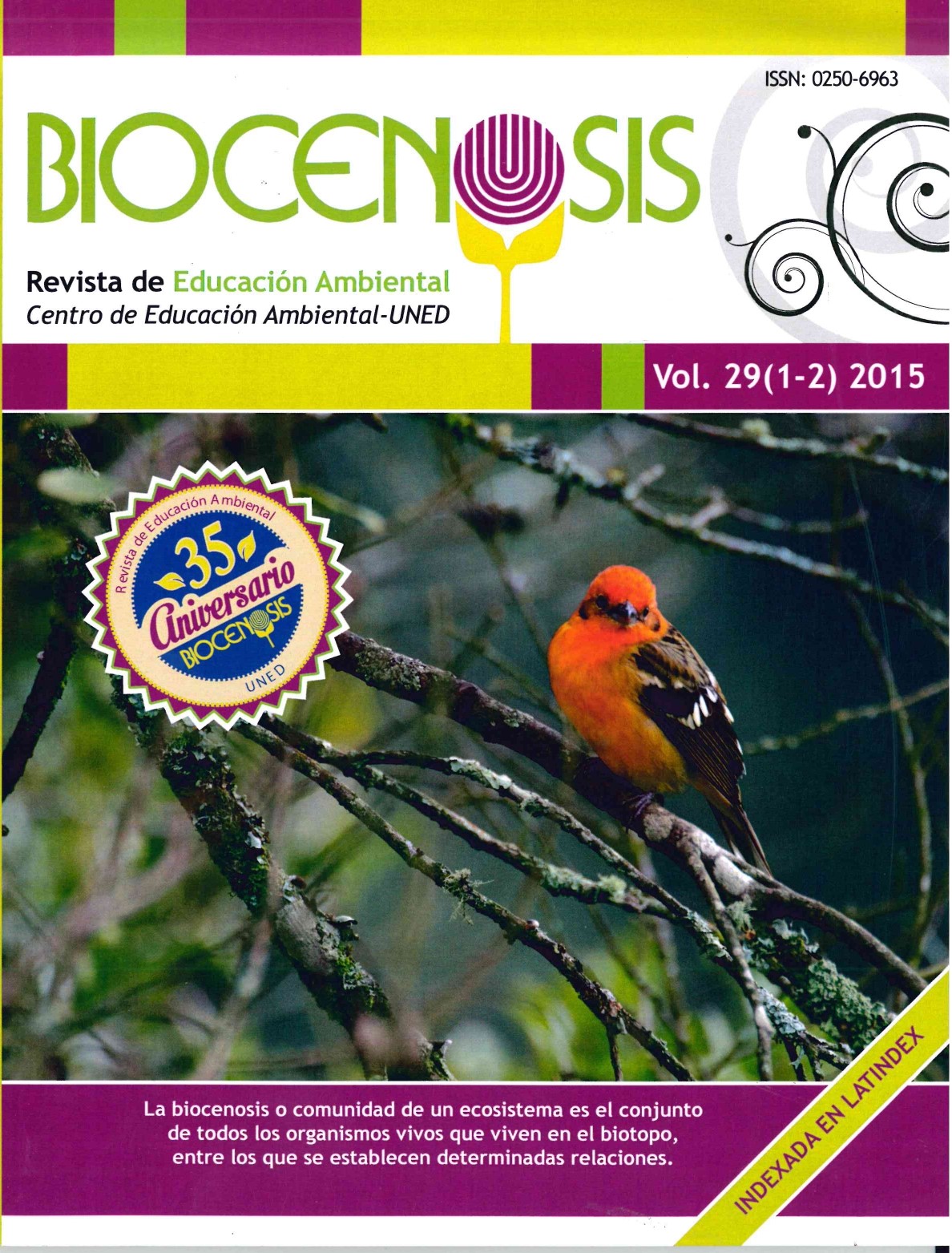DISTRIBUCIÓN DEL COYOTE (CANIS LATRANS) EN EL CONTINENTE AMERICANO
Keywords:
Canid, Mammals, Expansion of distribution, MexicoAbstract
This article provides a historical overview of how the expansion has occurred in the distribution of the coyote (Canis latrans), an opportunistic and generalist species that has been favored by undergone changes in their habitat, such as the reduction of their predators populations. This canine is stigmatized by humans as a predator of livestock and species of interest to hunters, so is being persecuted and hunted, without considering that plays important roles in the ecosystem. Some actions for control and management, and environmental awareness, may be important for the conservation of coyote and other wildlife species.
Canid; Mammals; Expansion of distribution; Mexico
References
Aranda, K. L. (2005). El simbolismo del coyote, el zorrillo y el colibrí en el mundo náhuatl y supervivencia en una comunidad huasteca. Revista de Antropología. 3:63-73.
Bekoff, M. (1977). Canis latrans. Mammalian Species 79: 1-9.
Bekoff, M. & Gese, E. (2003). Coyote (Canis latrans), p.467-481, In G. A.
Feldhamer, B. C. Thompson & J.A. Chapman (eds.), Wild mammals of North America: biology, management and conservation. 2nd ed. Johns Hopkins University Press. Baltimore, Maryland.
Bermúdez, S. E., González, D. & García, G. (2013). Ticks (Acari:Ixodidae, Argasidae) of coyotes in Panama. Systematic & Applied Acarology 18: 112-115.
Ceballos, G. y Oliva, G. (2005). Los mamíferos silvestres de México. Ed. Fondo de Cultura Económica-CONABIO. México.
Cove, M. V., Pardo, L. E., Spínola, R. M., Jackson, V. L. & Sáenz, J. C. (2012). Coyote Canis latrans (CARNÍVORA: CANIDAE) range extension in northeastern Costa Rica: possible explanations and consequences. Revista Latinoamericana de Conservación 2(2)-3(1):82-86.
Gese, E. M. & Bekoff, M. (2004). Central and North America (Neartic), In C. Sillero-Zubiri, M. Hoffman & D.W. MacDonald (eds.), Canids: foxes, wolves, jackals, and dogs. IUCN World Conservation Union/SSC Canid Specialist Group. Gland, Switzerland and Cambridge. UK.
Guzmán-Soriano, D., Vargas-Contreras, J. A., Cú-Vizcarra, J. D., Escalona, G., Retana, O. G., González, A., Benítez, J. A., Arroyo-Cabrales, J., Puc, J.C. y Victoria, E. (2013). Registros notables de mamíferos para Campeche, México. Acta Zoológica Mexicana (n.s.) 29(2):269-286.
Hall, R. E. (1981). The Mammals of North America. John Wiley and Sons. New York, USA.
Hernández-Lara, C. (2010). Cambio de uso de suelo y expansión de una especie potencialmente conflictiva: el caso del coyote en el sureste de México. Tesis de Licenciatura, División Académica de Ciencias Biológicas, Universidad Juárez Autónoma de Tabasco.Villahermosa, tabasco. México.
Hidalgo-Mihart, M. G., Cantú-Salazar, L., González-Romero, A. & López-González, C. (2004). Historical and present distribution of coyote (Canis latrans) in Mexico and Central America. Journal of Biogeography 31:2025-2038.
Hidalgo-Mihart, M. G., Contreras-Moreno, F. M., Pérez-Lozano, L. A. y Hernández-Lara, C. (2013). Primeros registros de coyote (Canis latrans) en Campeche, México. Revista Mexicana de Biodiversidad 84:1012-1017.
Méndez, E., Delgado, F. & Miranda, D. (1981). The coyote (Canis latrans) in Panama. International Journal for the Study of Animal Problems 2:252-255.
Monge-Nájera, J. y Morera-Brenes, B. (1986). La dispersión del coyote (Canis latrans) y la evidencia de antiguos cronistas. Brenesia 25-26:251-260.
Olivier, G. (1999). Huehuecóyotl, “Coyote Viejo”, el músico transgresor ¿Dios de los otomíes o avatar de Tezatlipoca? Estudios de Cultura Náhuatl 30: 113-132.
Ordoñez-Garza, N., Bulmer, N. W., Eckerlin, R. P. & Matson, J. O. (2008). Coyotes (Canis latrans) in Guatemala. The Southwestern Naturalist 53:507-509.
Parker, G. (1995). Eastern coyote: the story of its success. Nimbus Publishing Limited, Halifax, Canada.
Platt, S. G., Miller, B. W. & Miller, C. M. (1998). First record of the coyote (Canis latrans) in Belize. Vida Silvestre Neotropical 7:139-140.
Sosa-Escalante, X., Hernández, S., Segovia, A. & Sánchez-Cordero, V. (1997). First record of the coyote, Canis latrans (Carnivora: Canidae) in the Yucatán Peninsula, Mexico. The Southwestern Naturalist 42:494-495.
Soto-Shoender, R. & Giuliano, W. M. (2011). Predation on livestock by large carnivores in the tropical lowlands of Guatemala. Oryx 45:561-568.
Springer, M. T., Carver, A. D., Nielsen, C. K., Correa, N. J., Ashmore, J. R., Ashmore, J. R. & Lee, J. G. (2009). Relative abundance of mammalian species in a Central Panamanian rainforest. Revista Latinoamericana de Conservación 2-3: 19-26.
Urban Coyote Research. (2013). Urban Coyote Research. The Cook County, Illinois-Coyote Project-The Ohio State University. Recuperado de <http://www.urbancoyoteresearch.com>
Vaughan, C. (1983). Coyote range expansion in Costa Rica and Panama. Brenesia 21:27-32.
Wilson, D. E. & Mitermeier, R. A. (2009). Handbook of the mammals of the world. Lynx edit. Barcelona, Spain.
Young, S. P. (1951). Part 1, Its history, life habits, economic status, and control, p. 1-226, In S. P. Young & H. H. T. Jackson (eds.), The clever coyote, Wildlife Management Institute, Washington, D.C.
